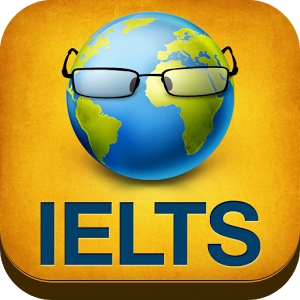Uncovering IELTS – Reading Section
A tip to start with……… You must read quickly and efficiently, and manage your testing time.
Remember how we told you about the various sections on the IELTS last week. If not, have a quick look Click Here. To continue unravelling the secrets of IELTS here are some details about he elusive and most scary “Reading Section”
Why a reading section?
The IELTS Reading sections tests a wide range of reading skills.
These include how well you :
- Read and comprehend the general sense of a passage
- Read for the main ideas of the passage.
- Read for detail of information in the passage.
- Understand inferences and implied meanings.
These are the main points you must remember whenever taking either of the IELTS formats.
Timing. Because IT IS important.
Total time allotted: 60 Minutes
No extra time is allotted to any aspirant. Hence, it is advised to keep penning your answers to the answer sheet side by side as you solve through your test.At the same time it is important to manage your time at each of the sections.
Test Format
The tests comprise of three passages with questions based on the passage. Average length of a reading passage varies between 800-900 words.
There is slight difference between the Academic and General test formats though :
- Academic Reading test: The passages are usually taken from books,journals, magazines and newspapers. They have been written for a non-specialist audience and are on academic topics of general interest, which range from descriptive and factual to discursive and analytical passages.Each passage may at times be accompanied by graphs or illustrations. A simple glossary is provided if the material contains technical terms.
- General Reading Test: This section too has three passages, with the passages usually taken from notices, advertisements, company handbooks, official documents, books, magazines and newspapers, etc.Section 1 will contains two or three short factual passages, one of which may be made up of 6 – 8 short paragraphs related to the same topic. The topics are relevant to everyday life.Section 2 contains two short factual passages, focusing on work-related issues, e.g. applying for a job, company policies, pay and conditions, workplace facilities.Section 3 contains one longer, more complex passage on a topic of general interest.
Questions
There are 40 questions in all, be it the Academic IELTS or General IELTS.
The following variety of questions are often asked on the test:
- fill gaps in a passage or in a table
- match headings to written text to diagrams or charts
- complete sentences
- give short answers to open questions
- answer multiple choice questions
Sometimes you will need to give one word as your answer, sometimes a short phrase, and sometimes simply a letter, number or symbol.
Marking
Each correct answer receives one mark.
Scores out of 40 are converted to the IELTS 9-band scale. Scores are reported in whole and half bands.
Study Smart Tips
1.Make sure you read the instructions carefully.
- When reading the passage, think about
- What is the passage about?
- What is the main idea?
- Who are the characters?
- When are things taking place?
- Where is it happening?
- Why is it important?
- Read the passage at a normal speed. Don’t get stuck on parts you don’t understand.
- When you answer the questions, don’t spend too much time on the ones you don’t feel sure about. Make a guess and go on.
- After you have answered all the questions, you can go back and check the ones you aren’t sure about.
- Don’t spend more than 20 minutes on each passage. This is very important in order to complete the test.
If you think is not good enough to help your crack your IELTS Exam, you can enroll for the Study Smart IELTS Training programme for the best IELTS Coaching in Delhi. For more details … contact us now!

